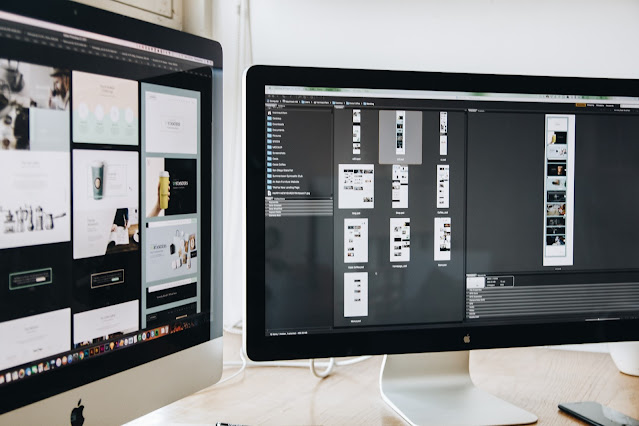
There are several key custom software development principles you need to know, practice, and live by. These principles are a popular list of philosophies, styles, practices, and approaches used by the top software engineering teams in the industry. As an experienced software developer, you know the importance of strict principles and processes to achieve clean codes.
Keep It Simple
As you prepare to code your next custom software product, you need to ensure that your code is clean, maintainable, and readable. Make sure that each function of your program is incredibly small. Ideally, a single method should not exceed forty or fifty lines. In addition, make sure that each method only solves a single problem.
Remain, Patient,
Continuously remaining patient is key in software development. Software development teams are constantly worried about hitting deadlines at all costs. However, working through uncertainty, and challenging software solutions often requires patience. By being patient throughout software development, you can make more confident decisions, achieve better software, and improve your work environments and employee productivity. Of course, this can help you focus on long term goals, achieve better mental health, and reduce impulsive decision making.
Containerize
Containerizing has become one of the largest emerging custom software development principles to begin using this year. Containerization is a form of operating system virtualization where applications are stored in isolated user spaces that are referred to as containers. Once packaged inside containers, your custom software application can efficiently run across different operating systems and computing environments. Needless to say, this development principle improves portability, efficiency, and agility across your pipeline.
Don’t Repeat Yourself
They don’t repeat yourself, or the DRY principle focuses on reducing code repletion and effort across custom software systems. Simply, this principle means you should never write the same code or configuration twice. Using this approach, you can promote reusability, maintainability, and extendibility across your software programs. To initiate the DRY approach, extract all common logic into sophisticated functions. At the same time, you should implement automated systems in order to keep your code lean. In custom software development, following the DRY, or don’t repeat yourself principle will help you streamline code reusability without being forced to repeat it.
Measure Twice, Cut Once
Measure twice, cut once is often regarded as the most important principle in all of custom software development. Simply, this means you should always double-check your measurements for accuracy before implementing a function. Otherwise, it may be necessary to ‘cut’ a second time, wasting valuable time and resources. As a software developer, this encourages you to select the right problem to solve, determine the best approach, and choose the optimal resources to solve it. Using this method, development teams are encouraged to prepare extremely carefully and thoroughly before taking action. To gain new IT confidence and skills, always measure twice and cut once.
There are several key custom software development principles, philosophies, styles, practices, and approaches to live by. Keeping it simple is one of the most popular lean principles in custom software development. In addition, by being patient throughout software development, you can make more confident decisions, improve your work environment, and achieve better software.